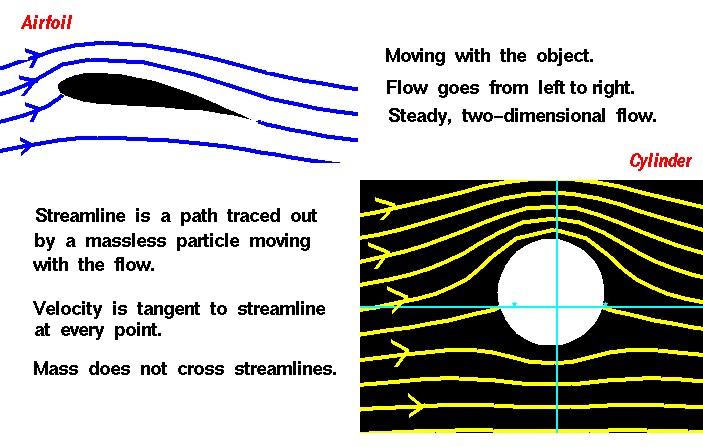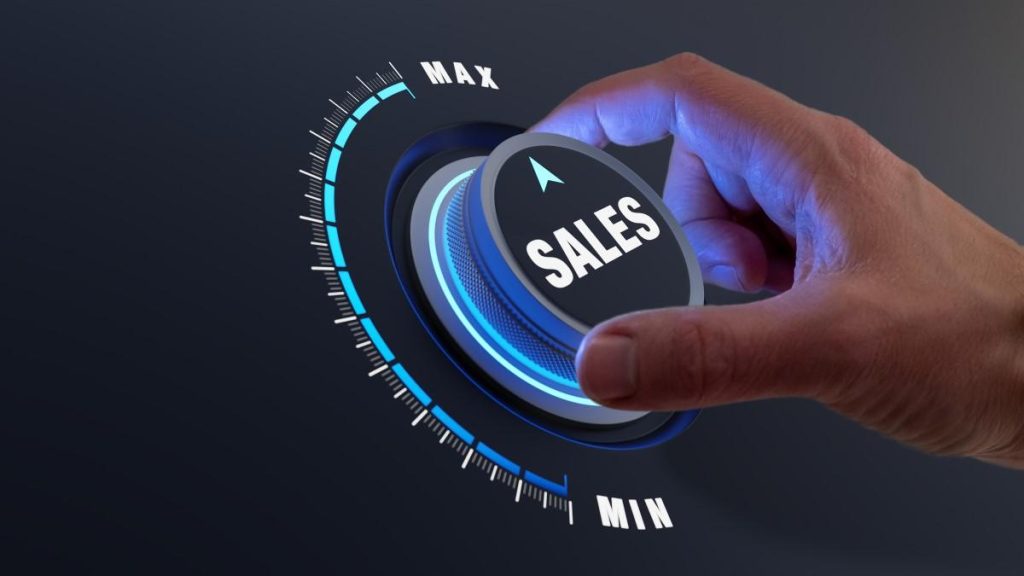
In today’s fast-paced business environment, having an efficient and reliable point of sale (POS) system is crucial for success. A well-implemented POS system can help streamline your operations, improve customer satisfaction, and increase revenue. However, with so many options available, choosing the right POS system and installing it correctly can be a daunting task. In this article, we will provide a comprehensive guide on how to install a POS system and highlight its benefits, helping you make an informed decision for your business.
## Introduction to POS Systems
A POS system is a combination of hardware and software that enables businesses to process transactions, manage inventory, and track sales. It is an essential tool for retailers, restaurants, and other businesses that handle customer transactions. A modern POS system typically includes features such as:
* Inventory management: Tracks stock levels, monitors stock movements, and automates inventory reporting.
* Transaction processing: Handles cash, credit card, and mobile payments, as well as returns and refunds.
* Sales reporting: Provides insights into sales trends, customer behaviour, and product performance.
* Customer management: Stores customer information, tracks loyalty programs, and offers personalized promotions.
## Benefits of a POS System
A well-implemented POS system can bring numerous benefits to your business, including:
* Increased efficiency: Automates transactions, reduces manual errors, and streamlines operations.
* Improved customer experience: Provides fast and secure transactions, offers personalized service, and enhances customer satisfaction.
* Enhanced inventory management: Optimizes stock levels, reduces waste, and improves supply chain management.
* Better decision-making: Offers real-time insights into sales,inventory,and customer behavior,enabling data-driven decisions.
## Choosing the Right POS System
With so many POS systems available,choosing the right one for your business can be overwhelming. Here are some factors to consider:
* Business size and type: Choose a system that meets your business needs, whether you’re a small retailer or a large restaurant chain.
* Features and functionality: Consider the features you need, such as inventory management, sales reporting, and customer management.
* Integration and compatibility: Ensure the system integrates with your existing hardware, software, and third-party applications.
* Scalability and flexibility: Choose a system that can grow with your business and adapt to changing needs.
## POS System Installation Guide
Installing a POS system requires careful planning and execution. Here’s a step-by-step guide to help you get started:
1. Assess your hardware needs: Determine the type and number of devices you need, such as terminals, printers, and scanners.
2. Choose your software: Select a POS software that meets your business needs and is compatible with your hardware.
3. Configure your system: Set up your system, including inventory, pricing, and customer information.
4. Train your staff: Educate your employees on how to use the system,including transaction processing,inventory management,and sales reporting.
5. Test your system: conduct thorough testing to ensure the system is working correctly and troubleshoot any issues.
| Hardware Component | Description |
|---|---|
| Terminal | The main device used for processing transactions |
| Printer | Used for printing receipts and other documents |
| Scanner | Used for scanning barcodes and tracking inventory |
## Benefits and Practical Tips
To get the most out of your POS system, consider the following benefits and practical tips:
* Automate tasks: Use your POS system to automate tasks such as inventory reporting, sales tracking, and customer segmentation.
* Offer loyalty programs: Use your POS system to offer personalized promotions, discounts, and loyalty programs to retain customers.
* Monitor sales trends: Use your POS system to track sales trends, identify top-selling products, and optimize inventory levels.
* Provide excellent customer service: Use your POS system to offer fast and secure transactions, personalized service, and real-time support.
## Case Studies
Numerous businesses have benefited from implementing a POS system. Here are a few case studies:
* restaurant chain: A restaurant chain implemented a POS system to streamline their operations, resulting in a 25% increase in sales and a 30% reduction in wait times.
* Retail store: A retail store implemented a POS system to improve inventory management, resulting in a 20% reduction in stockouts and a 15% increase in sales.
* Small business: A small business implemented a POS system to automate tasks, resulting in a 40% reduction in administrative time and a 25% increase in sales.
## First-hand Experience
Implementing a POS system can be a game-changer for businesses. here’s a first-hand account from a business owner:
“We implemented a POS system to streamline our operations and improve customer satisfaction. The results have been amazing. Our sales have increased by 20%,and our customer satisfaction ratings have improved by 30%. the system has also helped us to reduce waste, optimize inventory levels, and make data-driven decisions.I highly recommend a POS system to any business looking to improve efficiency and customer satisfaction.”
## Conclusion
a POS system is a vital tool for businesses looking to streamline their operations, improve customer satisfaction, and increase revenue. By choosing the right POS system, following a step-by-step installation guide, and utilizing its features and functionality, businesses can experience numerous benefits, including increased efficiency, improved customer experience, and better decision-making. Whether you’re a small business or a large enterprise, a POS system can help you achieve your goals and stay competitive in today’s fast-paced business environment.



